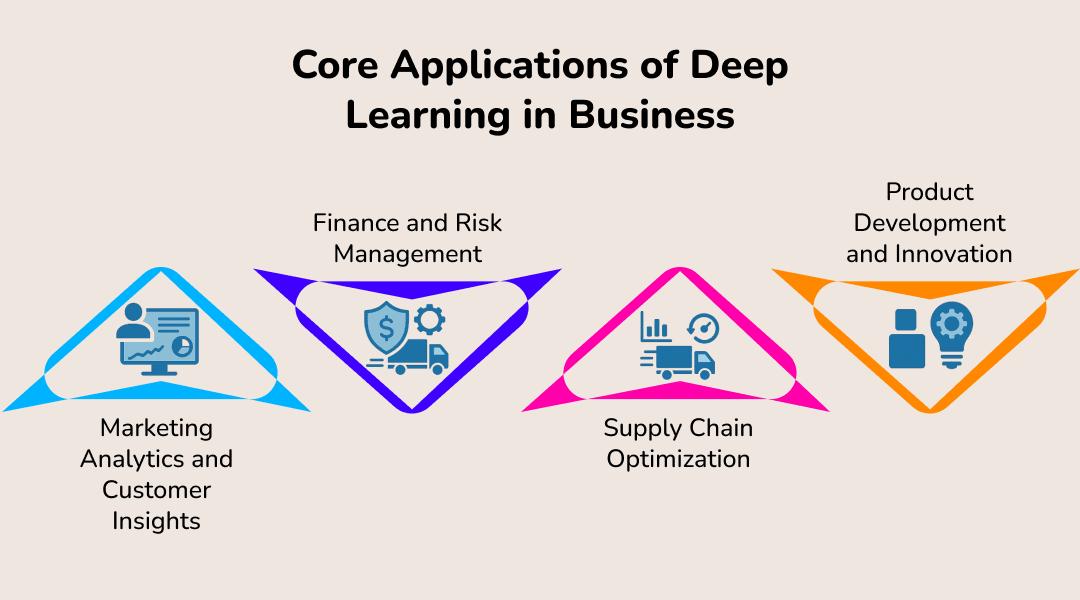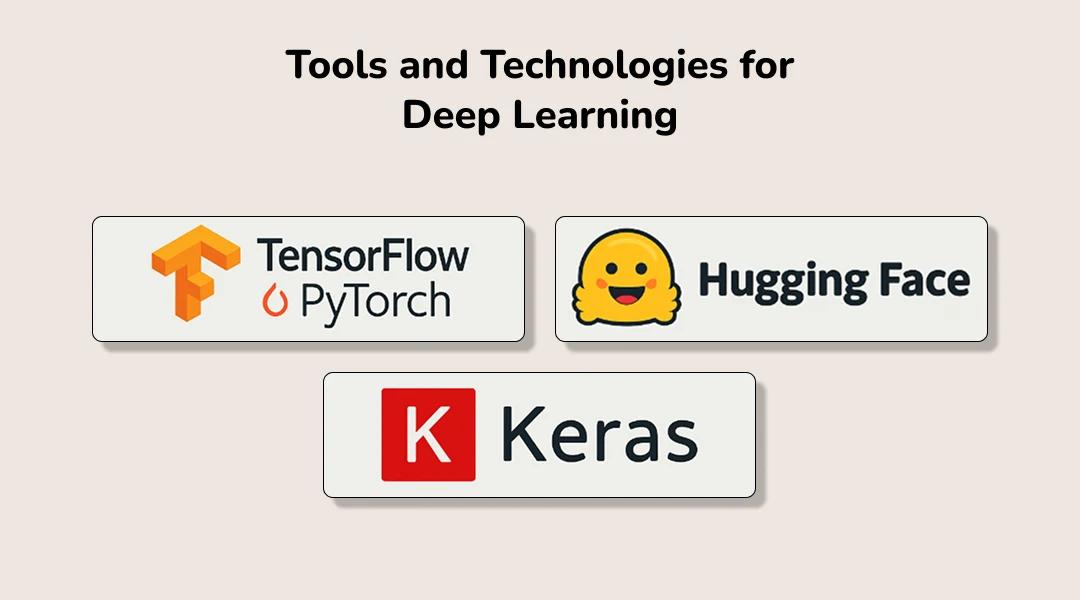The Future of Deep Learning: Trends and Predictions
Deep learning. You’ve heard the term. Maybe it sparked curiosity, maybe skepticism. “Will it really impact my business?” you wonder. Or maybe you’re a researcher thinking, great, another hype cycle.
I’ve been there. I’ve built neural networks that actually work. I’ve watched companies spend millions chasing shiny AI predictions that never materialized. And I can tell you this: deep learning isn’t going anywhere. But the future? That’s the part that matters. In this piece, I’ll break down the trends, innovations, and predictions that actually matter in 2025—and why your business or project shouldn’t ignore them.
What is Deep Learning?
Deep learning is a subset of AI that uses neural networks to mimic human decision-making. Unlike traditional algorithms, these networks improve with experience, learning from patterns in massive datasets.
Key Components:
Neural Networks: Layers of interconnected nodes designed to process data in ways inspired by the human brain.
Activation Functions: The mathematical gates that decide if a neuron “fires.”
Training Data: The raw material for learning. Garbage in, garbage out—always.
Relevance for Businesses: From automating repetitive tasks to predicting consumer behavior, deep learning applications are everywhere. Whether you’re considering hiring AI developers or exploring solutions from a deep learning service company, understanding the underlying tech is the first step.
Why Businesses Need Deep Learning
Competitive Advantage
Companies ignoring AI are at risk. Deep learning can analyze massive datasets, uncover hidden patterns, and make predictions faster than any human. Imagine being able to anticipate market shifts before your competitors do.
Enhanced Decision-Making
No more gut-feel decisions alone. Neural networks can forecast demand, detect anomalies in real time, and guide strategic planning. If you’ve ever asked, how will deep learning impact business operations in 2025?, this is it.
Core Applications of Deep Learning in Business

Marketing Analytics and Customer Insights
Deep learning models detect patterns in customer behavior—predicting churn, personalizing experiences, and even generating content ideas. Generative AI trends are especially interesting here: AI can now draft emails, suggest ad creatives, and optimize campaigns automatically.
Finance and Risk Management
AI-driven solutions can evaluate credit risk, detect fraud, and optimize portfolios in ways humans simply can’t. Predictive models allow CFOs and analysts to anticipate trends and act with foresight.
Supply Chain Optimization
Neural networks forecast demand, identify bottlenecks, and recommend inventory adjustments. For logistics-heavy businesses, deep learning innovations are no longer optional—they’re necessary.
Product Development and Innovation
Deep learning applications extend to prototyping and R&D. Models simulate designs, predict performance, and help businesses innovate faster. If you’re considering emerging deep learning technologies, this is where the rubber meets the road.
Predictive Analytics and Forecasting
Predictive analytics isn’t a gimmick. It’s math applied to real-world decisions. Deep learning models ingest historical data, detect trends, and produce forecasts with unprecedented accuracy.
For example:
Predictive maintenance reduces downtime in manufacturing.
Demand forecasting helps retailers avoid stockouts or excess inventory.
Consumer behavior predictions allow marketers to refine campaigns before they launch.
This is why companies seeking a deep learning service company are serious, they want measurable impact.
Tools and Technologies for Deep Learning

Popular Software and Platforms
TensorFlow & PyTorch: The industry standards for building neural networks.
Keras: High-level API for faster prototyping.
Hugging Face: Specialized for natural language tasks.
Cloud-Based Solutions
AWS SageMaker, Azure Machine Learning, Google AI Platform: Offer scalable infrastructure for training large models without building your own server farms.
Benefits: Rapid experimentation, cost management, and access to pre-trained models.
These tools are essential whether you’re exploring AI research breakthroughs or building a product that leverages deep learning innovations.
Challenges in Implementing Deep Learning Strategies
Data Quality and Integration
Bad data will derail even the most sophisticated models. Integrating multiple sources and ensuring clean, labeled datasets is a persistent struggle.
Talent and Skill Gaps
Good AI developers are rare. Hiring the right team or partnering with the best AI development company - is critical.
Ethical and Privacy Considerations
Deep learning models can inadvertently reinforce biases. Ethical AI isn’t optional. Regulations around privacy, data storage, and AI accountability must be integrated from day one.
Conclusion
The future of deep learning is less about hype and more about execution. Trends in 2025—from generative AI to specialized neural networks are shaping the way businesses operate. Smart organizations will leverage AI-driven solutions thoughtfully, integrate models ethically, and invest in the right talent.
I’ve seen it: deep learning can transform businesses, but only when implemented with clarity and rigor. So, if you’re asking, is generative AI right for my company?, the answer depends on understanding both the technology and the strategy behind it.
KriraAI has helped companies navigate these waters, building solutions that aren’t just flashy, they solve real problems. If you’re looking to explore the future of deep learning with a partner who delivers measurable results, we can help.
FAQs
Deep learning will automate repetitive tasks, optimize supply chains, enhance predictive analytics, and drive smarter decision-making across departments.
If your business relies on content creation, customer engagement, or rapid prototyping, generative AI can add significant value, but only with careful planning and skilled implementation.
Transformers, graph neural networks, and diffusion models are leading new research breakthroughs and practical applications in 2025.
Costs vary based on model complexity, data preparation, and training time. Partnering with a deep learning service company ensures realistic budgeting and ROI estimates.
Absolutely. Cloud platforms, pre-trained models, and scalable AI solutions make deep learning accessible, even to mid-sized or small enterprises.

CEO
